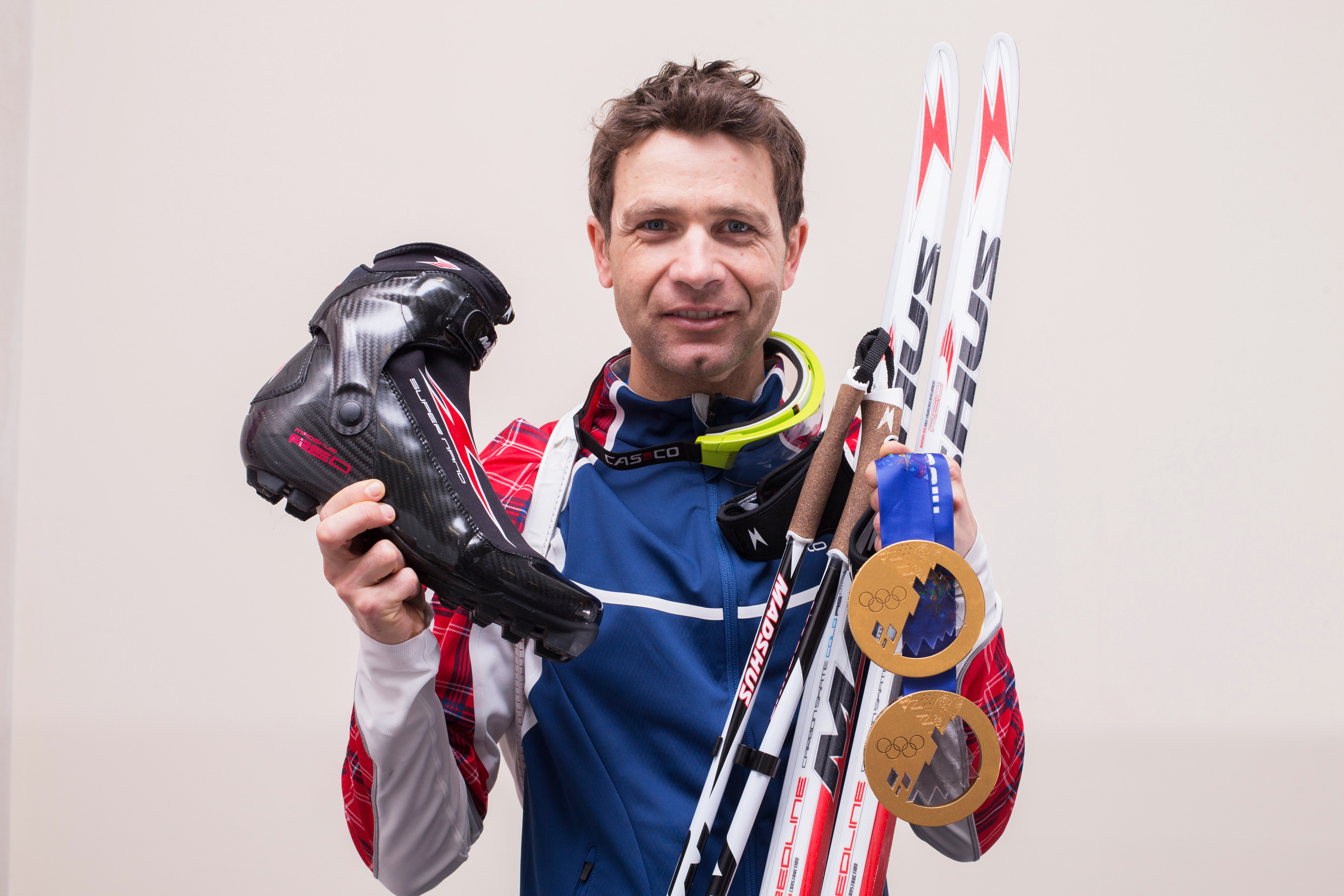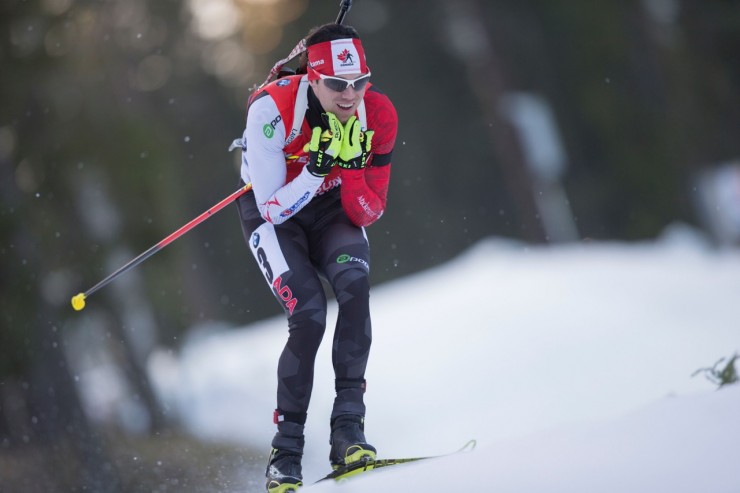
When the World Cup biathletes left Östersund, Sweden, today, even the ones who hadn’t won medals or bouquets of flowers left with a souvenir: indelible evidence of the week of racing left in huge gashes on the bottoms of their skis.
“I hit a rock on part of the trail and it stopped me,” Norway’s Emil Hegle Svendsen told broadcaster NRK after finishing seventh in the 10 k sprint on Saturday. “Maybe I should just throw this pair out after the weekend.”
That attitude of course belies Norway’s position at the top of the food chain when it comes to resources – skis for Svendsen, the third-winningest man in World Cup history, are basically a never-ending resource, even if the very best are irreplaceable.
“I’m not in the habit of throwing away skis if I can avoid it,” U.S. biathlete Susan Dunklee laughed in an interview.
But she didn’t deny, at all, the toll that Östersund had taken on her skis.
“Today I finished the race and looked at the base of my skis, and there was this big long gash,” she reported after the 10 k pursuit on Sunday. “There’s some pretty bad damage. In the race today three or four different times I felt my ski just stop completely under my foot. There were a lot of rocks out there. It got pretty warm a few nights ago and the course got really dirty. We lost a lot of the base. It’s just this nasty gray snow and sawdust and rocks.”
(Dunklee included a photo of long ribbons of base hanging off of her ski in today’s blog post.)
Teams are showing different strategies. Some didn’t necessarily race on their best skis – Svendsen’s teammate Ole Einar Bjørndalen, who almost certainly has the best quiver of skis on the World Cup circuit, said that he hadn’t raced on his favorite pair on Saturday. It was a different decision than that taken by his teammates (21-year-old Johannes Thingnes Bø said that he couldn’t hope to win if he didn’t pick the best skis), but he still placed eighth and had, more tellingly, the second-fastest ski time on the day.

Nathan Smith of Canada said that he hoped their wax team, headed by Tom Zidek, would be able to stonegrind some skis before the team departed for Hochfilzen, Austria.
“Marco [Bédard] has been using my other pair of skis that’s pretty good,” he said in an interview after the sprint. “He was like, ‘oh, sorry Nathan, right when I crossed the finish line I hit some big rocks.’ Definitely there will be some scratches. I don’t think we’ll have to throw them out, but Tom will have to put some more care back into them to get them feeling better again.”
Dunklee had heard talk of a different strategy for her own skis.
“The techs were talking about bringing them back to Fischer and having them, I don’t know whether epoxy or just do something to the base, I don’t know what that magic is,” she said.
The Östersund organizing committee is reportedly planning to save twice as much snow over the summer next year to counter the trend of warm weather patterns in recent years which have so decimated their base by the end of the opening week of racing.
Chelsea Little
Chelsea Little is FasterSkier's Editor-At-Large. A former racer at Ford Sayre, Dartmouth College and the Craftsbury Green Racing Project, she is a PhD candidate in aquatic ecology in the @Altermatt_lab at Eawag, the Swiss Federal Institute of Aquatic Science and Technology in Zurich, Switzerland. You can follow her on twitter @ChelskiLittle.




One comment
Pingback: Links special: a day of change for the Olympic Games | Frontier Sports